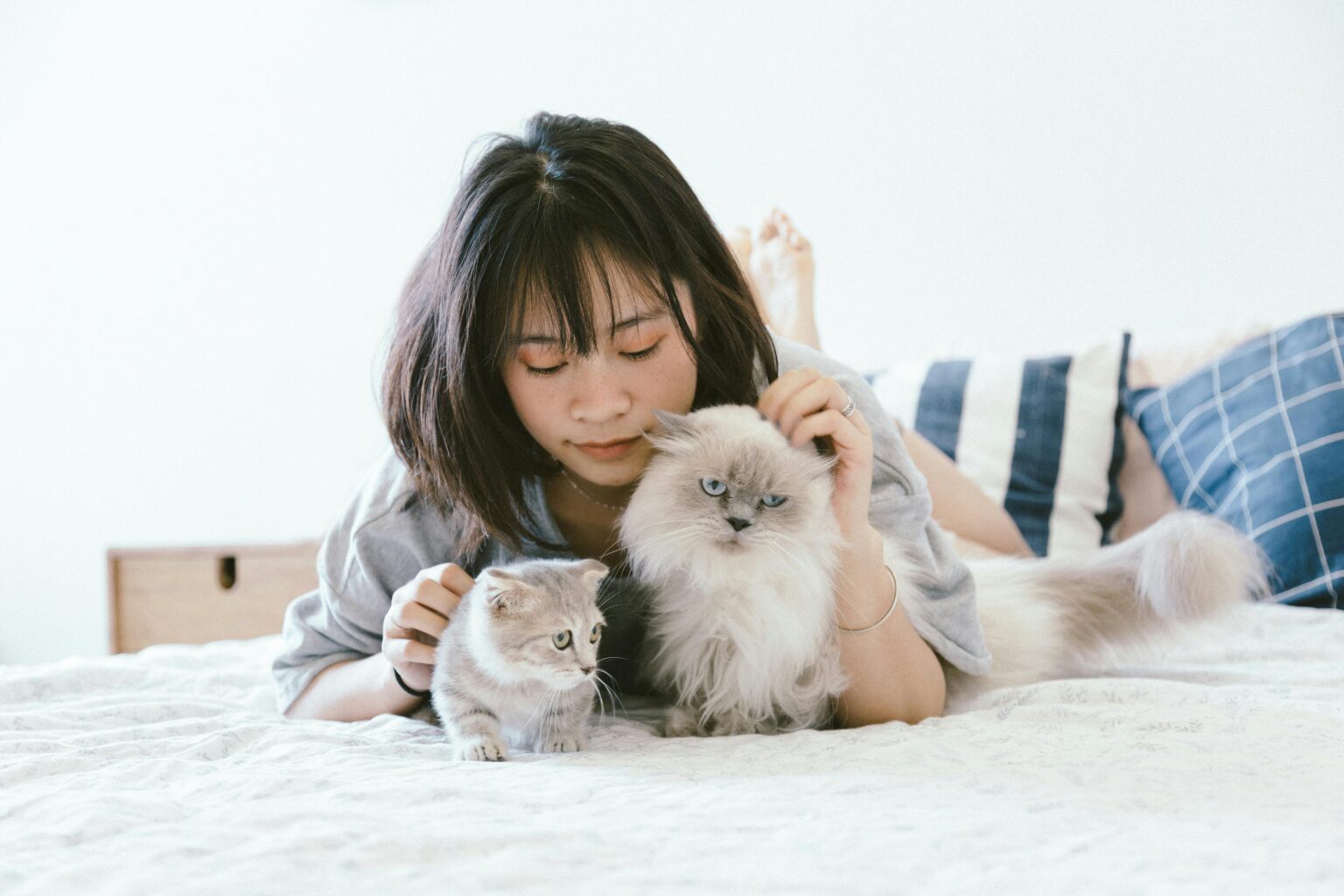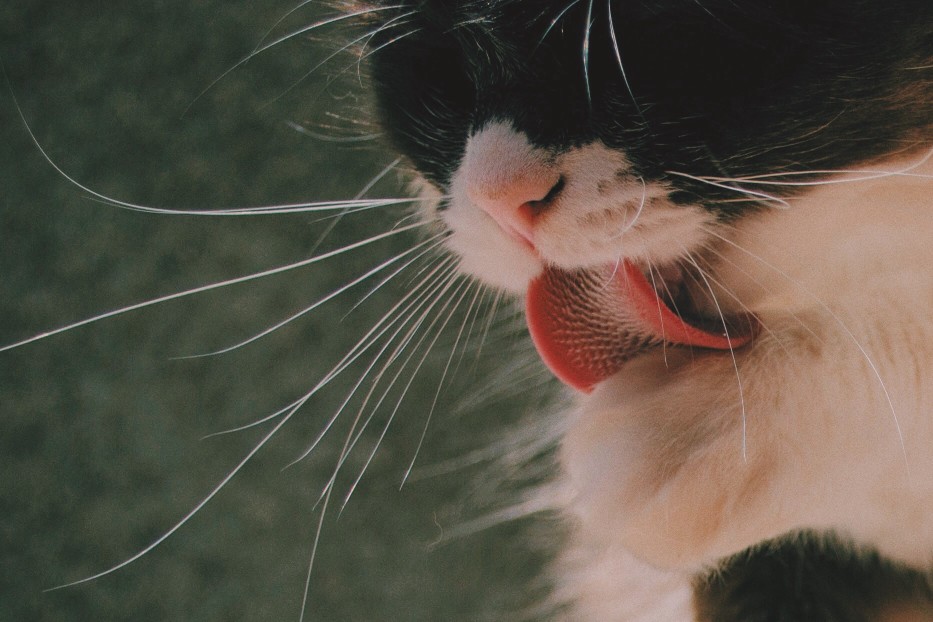The feline reproductive cycle: What every cat owner needs to know
Navigating the mysterious world of a cat’s reproductive cycle can seem daunting at first. However, each phase of this complex and fascinating cycle plays a crucial role in ensuring your pet’s health and well-being.
The estrous cycle in cats
The estrous cycle of the female cat, also known as the heat cycle, is divided into four main phases: proestrus, estrus, metestrus and anestrus. During proestrus, which generally lasts one or two days, the cat shows signs of flirting but does not allow mating.
The next stage, estrus, is when the cat really comes into heat: she becomes agitated, meows a lot, rolls on the floor, raises her rump to facilitate mating… This period can last from three to sixteen days and is repeated every fifteen to twenty days if the cat is not fertilized. She is ready to mate during this phase.
Metestrus is the stage that follows estrus, whether or not fertilization has taken place. Finally, anestrus is a period of sexual rest, generally occurring in late autumn and winter.
Recognizing the signs of each phase is crucial to understanding your cat’s reproductive cycle and anticipating her needs and behaviors.
Heat frequency and seasonality in cats
Cats are seasonal animals, which means they have their warm periods according to the seasons, generally from January to August. However, artificial lighting and indoor living tend to alter this seasonal pattern.
Breed, health, diet and environment all play a role in heat frequency. Domestic cats generally come into heat around six months of age.
The optimal interval between litters for cats: practical advice
Gestation period in cats
Gestation in the female cat lasts an average of 63 to 65 days, or around nine weeks. This period is subdivided into three stages, each with its own nutritional and behavioral needs. A balanced, protein-rich diet is essential for the health of the cat and the development of the kittens.
Recovery time after giving birth in cats
After giving birth, the cat needs a recovery period of up to two months. This period allows her to recover physically and take care of her litter.
Close births can lead to physical wear and tear, poor lactation, reduced immunity and other health problems. Ensuring adequate food and proper veterinary attention during this period is crucial to the cat’s health.
Calculate the optimum interval between two litters
To calculate the optimum interval between litters, consider the recovery time needed after whelping, the length of gestation and the nursing period. An old rule of thumb is to wait at least six months after a litter before considering another breeding.
Excessive reproduction in cats: the dangers for feline health
Health risks for cats
Excessive reproduction can lead to a series of health problems for the cat. These include physical exhaustion, anaemia, insufficient lactation, uterine infections, nutritional disorders and even more serious problems such as mastitis or pyometra (uterine infection).
Risks and consequences for kittens born from close litters
Kittens born too close together may be underdeveloped and have health problems. They may also be malnourished if the cat has not fully recovered from her previous litter. In addition, closely spaced births can lead to overpopulation, which can cause stress and increase the risk of transmissible diseases.
Making the right choice for the well-being of your cat and her kittens
By balancing your cat’s natural desire to reproduce with the need to preserve her health and well-being, you’ll be one step closer to ensuring the best quality of life for your pet. Adopting good practices, such as spaying or neutering, can also reduce the risk of excessive reproduction. Finally, it’s always best to consult a veterinarian for advice tailored to your pet’s specific needs.





